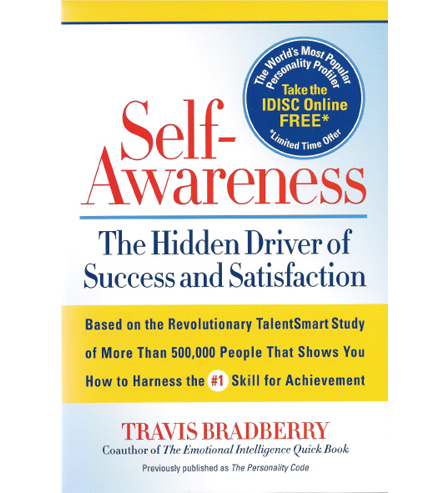

Emotional Intelligence Activities for Kids Time to help my kids with explicit, supportive activities to teach emotions. Somehow I thought they’d just “get” it - from modeling, reading, osmosis, or whatever. Unlike the static IQ, emotional intelligence is flexible.īecause when you ask your kids (which I do a lot), “ What are you feeling right now?” and they say, “ I don’t know,” probably they don’t know.Īs I’ve been working with my kids on mindfulness and EQ, I realized that I needed to explicitly teach my kids emotions, the names of emotions, because my kids weren’t able to identify their own feelings on their own.

The good news? EQ can be taught, learned, and improved. The impact of EQ (emotional intelligence) on a child’s life is significant. The authors of Emotional Intelligence 2.0 write that only 36% of the people tested were able to accurately identify their emotions as they happened. Yikes! Which means that only 36% of people tested were able to in charge of their emotional world. Dan Siegel says that if kids can identify their emotions (what he coins “ name it to claim it“) then kids can use to that information to manage those emotions. Not just for adolescents, being able to name emotions is a vital skill for all ages of children. “Emotional intelligence is your ability to recognize and understand emotions in yourself and others, and your ability to use this awareness to manage your behavior and relationships.” To do so successfully for adults is a significant predictor of success (being a high-performer in the workplace) and for kids is a predictor of academic success and positive social behaviors. In doing this, I’ve found meaningful emotional intelligence activities for kids that parents and teachers can use with their kids.


Interestingly enough, it’s been really helpful. It’s helping AJ label emotions and also providing strategies to improve her emotional self-awareness and emotional self-management. She didn’t want to read it so we’re reading it together. You can view a variety of sample reports.I’ve been reading aloud Emotional Intelligence 2.0 by Travis Bradberry and Jean Greaves to my 13-year-old daughter. The reports you receive provide a detailed analysis of your results. The report also provides a detailed interpretation of how effectively you are using the 15 EQ competencies and how, by balancing these competencies, you can significantly improve your well-being, workplace and leadership performance, interpersonal relationships and communication. Your comprehensive report provides you with your overall results, and presents these using the five EQ composite areas: Self-Perception, Self-Expression, Interpersonal, Decision Making and Stress Management. The Workplace Report puts the emphasis on your workplace performance and the Leadership Report focuses on your leadership effectiveness, each in the context of emotional intelligence. Once you’ve completed your EQ inventory, the person who invited you to take the EQ-i 2.0 will create your report for you. You will respond to 133 statements related to emotional intelligence skills, which takes approximately twenty minutes to complete. The EQ-i 2.0 assessment is administered online, using a secure site. It also provides suggested strategies for bringing your EQ competencies into balance for greater effectiveness. You will receive a comprehensive report describing how your EQ competencies work together for effectiveness. The EQ-i 2.0 provides you with a detailed assessment of your areas of strength and potential areas for development. Emotional intelligence skills are critical for building relationships and teams, resolving conflict, solving problems, leading effectively and building resilience.


 0 kommentar(er)
0 kommentar(er)
